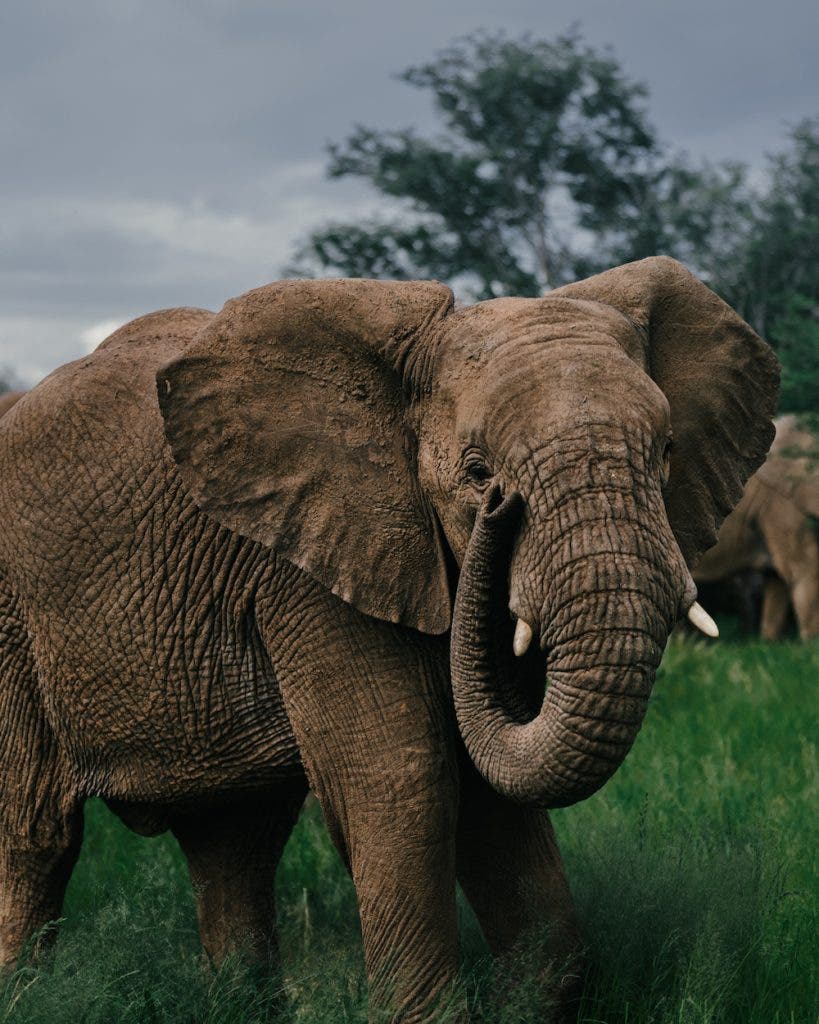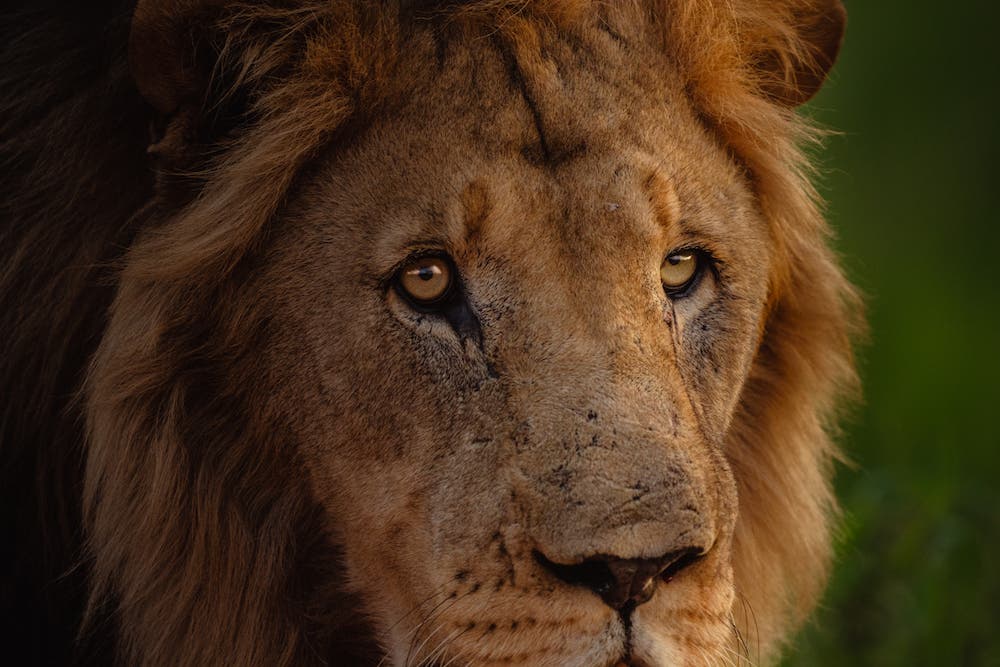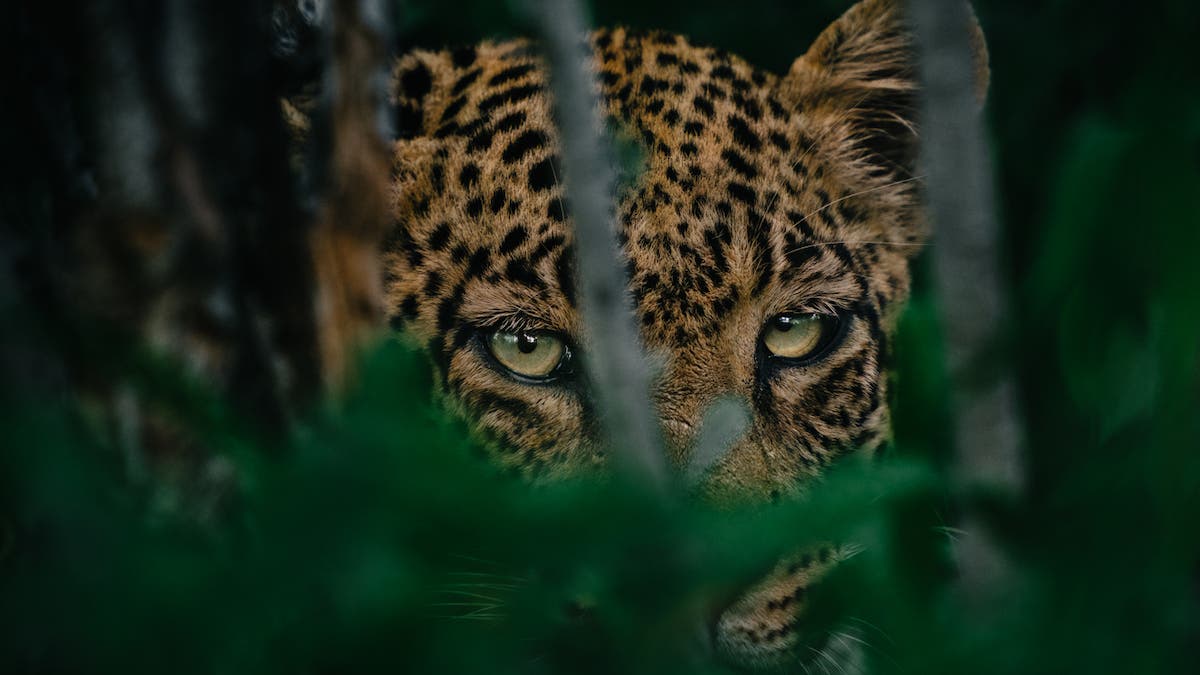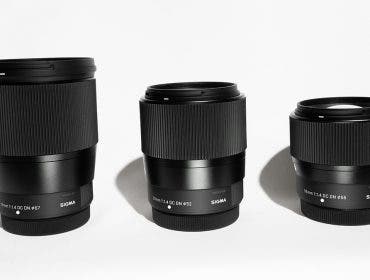I’m a wildlife conservationist and wildlife portrait photographer. I recently arrived back to Erindi Private Game Reserve in Namibia — the place where I’ve created the majority of my wildlife portrait work. My goal is to document several of their conservation projects in the coming weeks, which I’ll be sharing through some short films on Adorama’s channels (AdoramaTV) and my own Instagram. In this article, I’ll be sharing with you what I decided to pack in my camera bag during this safari trip.

How I Choose My Gear
As a wildlife conservationist and photographer, I’ve been using portraiture as a way to connect people to the subjects that I capture. For me, it’s essential for people to empathize with wildlife in order for them to care about protecting specific species and their ecosystems.
Creating visually aesthetic and artistic portraits of animals in the wild has allowed me to keep someone’s attention just long enough for them to wonder about the backstory of an image. From there, they hopefully learn a bit more about the subject, the threats they face in the wild, and how they might be able to help them. It’s my mission as a photographer to use my craft as a means of visual advocacy. I want to teach people about wildlife through portraits, so people then desire to protect and restore their habitats.

Okay… so where does the gear come in? My approach to photography has always been to distill the most visually punctual elements. I try to isolate the subject against a background and use light to shape and direct the attention of a viewer to the subjects’ eyes. The primary way that I’ve been able to bring the subject closer to the viewer is through telephoto lenses. In the following sections of this article, I’ll explain which lenses and camera system I use — but first, let’s discuss the body.
Camera Body
It can be difficult to capture the true essence of an individual animal’s character. Over the years, I’ve optimized my setup by minimizing my focus on the gear. As soon as your gear is a distraction, it detracts from the fluidity of the portrait process. I’ve been using mirrorless cameras for a few years now. Currently, I’m exclusively using Sony cameras. I use them because of their size, customizability, and powerful sensors.

The main reason why I switched to mirrorless cameras was because of the electronic viewfinder (EV). Prior to recent autofocus upgrades, I shot almost exclusively in manual focus. With DSLRs, I’d have to use the Live View on the back of the screen. With the mirrorless EV, the camera become part of my vision. Also, by using selective zoom magnification features, I could quickly punch in and nail the focus on a subject’s eye.

If you’re looking for more information about the differences, check out: Mirrorless vs DSLRs: How Do They Compare?
Now, I rely almost entirely on the animal eye autofocus. Sony has made enormous upgrades (see details about the Artificial Intelligence tracking) that allows the camera to focus on either animal, human, or bird eyes. It is unbelievably accurate and outrageously fast on the newer Sony bodies. In my experience, the camera gets it right 95 percent of the time.
Currently, I’m shooting with the Sony Alpha 1, Alpha a7 IV, and the Sony a7R IV:
Intimate Lens
While I do shoot with a wide variety of lenses, I’ve been experimenting to find my dream setup now that I’ve just arrived back to Erindi. For many years, I used to shoot with a Canon 300 F2.8 Version 1 (with no IS from 1985) with a Sigma MC-11 Adapter on my Alpha a7R III or Alpha a7R IV. I was using this camera setup with a Sigma 2X teleconverter to quickly go from 300 to 600 whenever the subject changed distance, or if I wanted to reframe for a close-up. I was mostly shooting in manual focus and got very used to the workflow — but it was still not ideal. The old 300 was heavy glass (2.9 kg / 6.4 lbs) and if I wanted to use autofocus, it would struggle quite a bit.

Regardless, I managed and these two focal lengths resulted in a special look that I am looking to incorporate into my portraits — that’s intimacy. At 300 and 600, I felt the subject was close enough. I enjoyed the compression of their face or body against the background.

I’ve recently moved to the Sony FE 400mm F2.8 GM OSS and Sony 2x teleconverter. Together, this setup gives me the flexibility to now use animal eye autofocus, plus the depth of field and compression that I desire to create portraits with ease. The lens is the same weight as the old Canon 300mm (2.9kg / 6.4 lbs). So far, I’ve been able to incorporate a much greater depth of field and intimate feel to my portraits through the added 100mm of compression over 300mm, and 200mm compression over 600mm.
Light and Fast Lens
I realize the setup mentioned above is out of the price range for most people just getting into wildlife photography. Although, there is an absolutely powerful option available from Sony that I also use myself. The Sony 200-600 F5.6-6.3 G OSS is one of the lightest and fastest lenses I’ve ever used for its focal length and autofocus abilities (2.1 Kg / 4.6 lbs). Again, for me, the 300, 400, and 600 focal lengths are ideal for compression of the subject, so I’m able to accomplish the desired look and feel with this lens, but with a much lighter lens. Although the 400 is lighter than you’d expect, it’s still quite a lot of glass. The slimmer profile and lighter weight of the Sony 200-600 F5.6-6.3 G OSS give me a lot more flexibility in situations when I’m on the ground with wildlife.
Standard Zoom Lens
In addition to the lenses mentioned above, I always have a body with a Sony 70-200mm F2.8 GM OSS II. Having a standard zoom range lens has proven useful in situations where the subjects — either lions, elephants, or others — have gotten too close for other lenses to create any meaningful compositions. Sometimes being very close isn’t always better. You can only ever have so many close-ups of a lion eye before it gets a little redundant. That’s why I also encourage you to experiment using telephoto and super-telephoto lenses.

Using any of the aforementioned lenses can bring the viewer into your setting. Oftentimes, intentionally create some distance between me and my subjects in order to incorporate their surroundings into a composition. They do, after all, live out in the wild — so why not show it?






